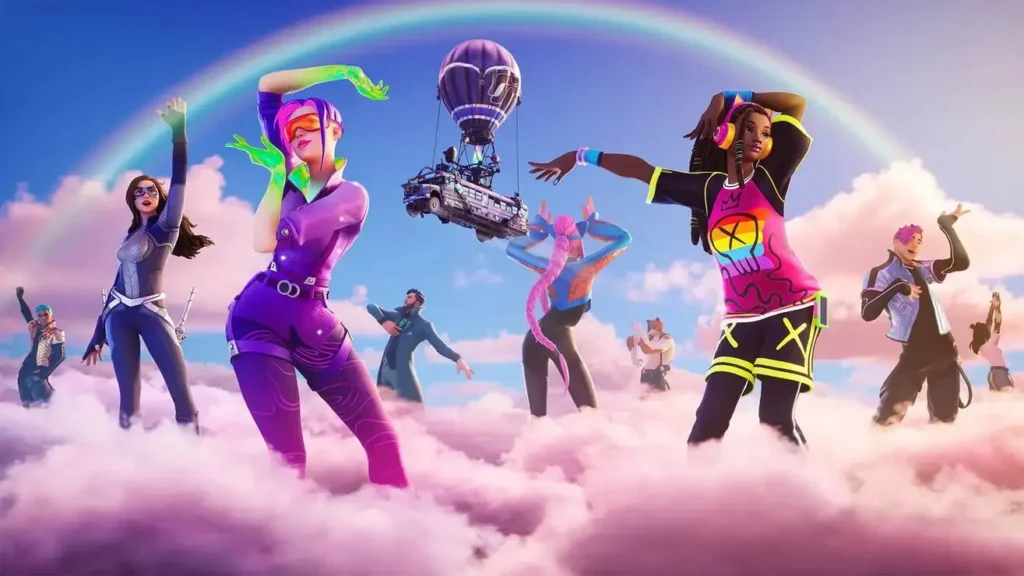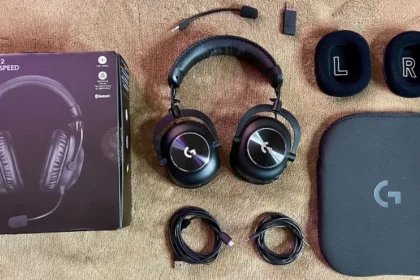In the dynamic world of online gaming, economic factors like inflation and currency fluctuations are not just confined to the real world; they also permeate virtual economies. A prime example of this is the recent price increase in Fortnite’s in-game currency, V-Bucks. This article delves into the reasons behind the Fortnite inflation, its impact on the gaming community, and the broader implications for the gaming industry.
V-Bucks Inflation in Fortnite
Fortnite, Epic Games’ flagship title, has announced a significant Price hike in V-Bucks, roughly by 12.5 percent. This change means that everything from virtual costumes to dances and other cosmetics in Fortnite just got more expensive. For instance, a 1,000 V-Bucks bundle in the United States, previously priced at $8, now costs $9. This increase is attributed to various economic factors, including global inflation and currency fluctuations.
Why The Sudden Fortnite V-Bucks Inflation
The decision to increase V-Bucks prices is not made in isolation. It reflects the broader economic challenges faced by the gaming industry and the world at large. Factors like trade balances, government actions, and global events influence currency values against the US dollar, directly impacting the cost of in-game currencies like V-Bucks.

Gamer’s Response
The Fortnite community, spread across the globe, has reacted diversely to this change. While US players face a relatively modest increase, other regions like Turkey have seen more dramatic hikes. For Turkish players, the cost of a 1,000 V-Buck pack has jumped from 30₺ to 120₺, a fourfold increase. This disparity in pricing adjustments has sparked discussions and debates within the Fortnite community, highlighting the varied impact of economic factors on different regions.
Broader Trends in the Gaming Industry
Fortnite’s inflation is a microcosm of a larger trend in the gaming industry. The cost of developing and delivering high-quality games is rising, leading to increased prices for new-gen hardware and premium subscription services. For instance, the launch of PS5 and Xbox Series X/S saw new video games’ prices increase from $60 to $70. Subscription services like PlayStation Plus and Xbox Game Pass have also adjusted their pricing models.
How Fortnite is Tackling Inflation
Amidst these economic challenges, Fortnite continues to innovate and engage its player base. The game is teasing a return to its first battle royale mode map from 2017, aiming to rekindle interest among long-time players while exploring new creative ideas. However, these initiatives come at a time when the industry, including Epic Games, faces financial constraints, leading to layoffs and strategic shifts.
Our Verdict
For the gaming community, the Fortnite inflation serves as a reminder of the ever-evolving nature of the gaming industry. Players are encouraged to be more mindful of their in-game spending, considering the broader economic context. It also highlights the need for game developers to balance economic realities with player engagement and satisfaction.
To Wrap it all Up
The increase in V-Bucks prices, a direct result of Fortnite inflation, is a complex issue rooted in global economic trends. While it poses challenges for players and developers alike, it also opens up conversations about the sustainability of virtual economies in gaming. As the industry continues to navigate these turbulent waters, the hope is that it emerges more resilient and attuned to the needs of its diverse player base.
Suggested Read: When is LEGO x Fortnite Crossover Releasing?







